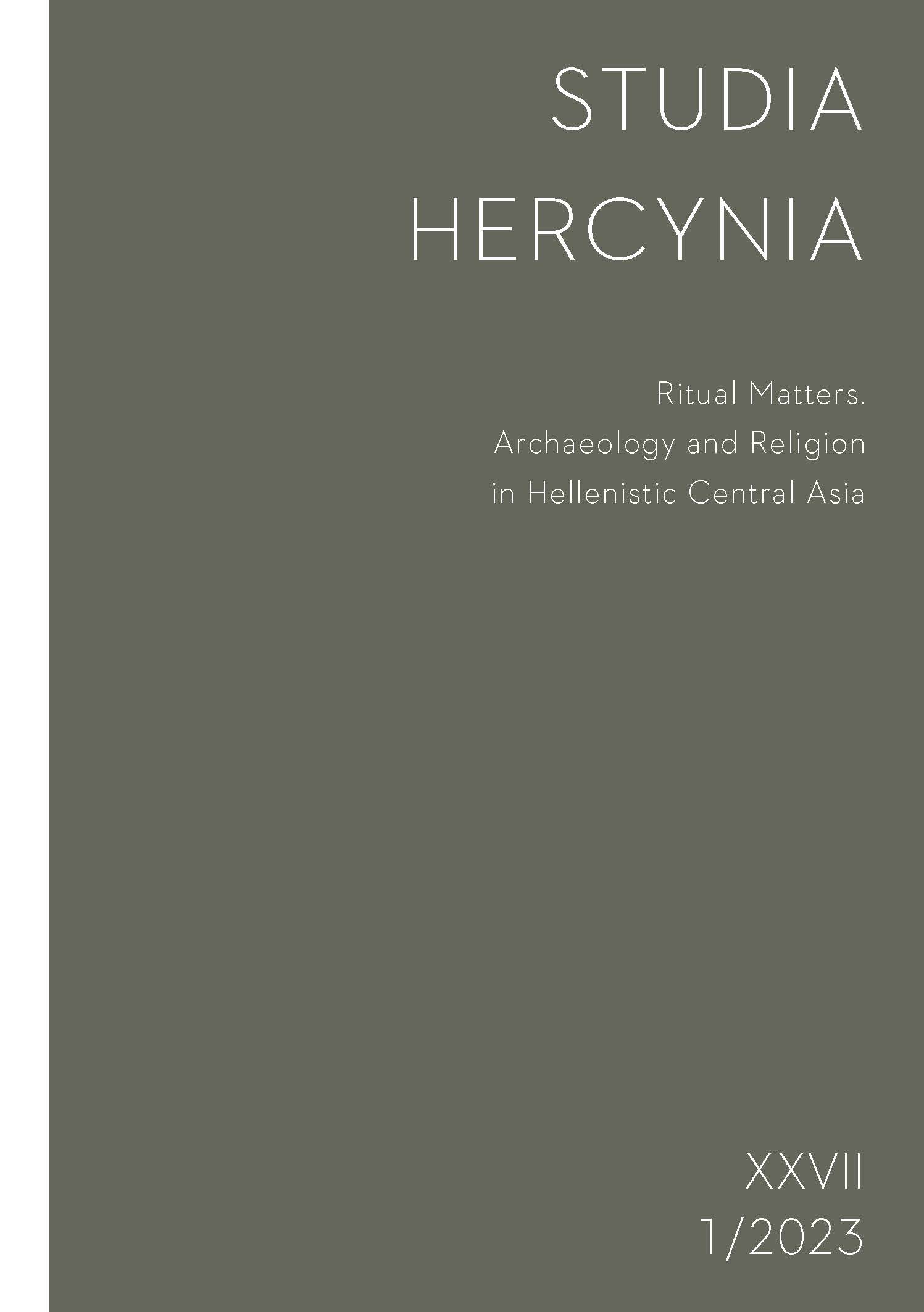The Sacred Landscape of Central Asia in the Achaemenid Period
The Sacred Landscape of Central Asia in the Achaemenid Period
Author(s): Xingying WuSubject(s): History, Archaeology, Ancient World
Published by: Univerzita Karlova v Praze - Filozofická fakulta, Vydavatelství
Keywords: Central Asia; Achaemenid period; religions; Zoroastrianism; fire temple; water worshipping
Summary/Abstract: The sacred landscape of Central Asia consisted of various religions and ritual practices that grew out of local traditions. The latest archaeological excavations of the Iron Age cultic structures in Central Asia reveal a diverse array of ritual and religious practices during the Achaemenid period. Textual and artefactual evidence confirms the coexistence of various belief systems in Bactria and Sogdia, with the Achaemenid form of Zoroastrianism (or Mazdeism) among the practiced religions. The deity of the Amu Darya/Oxus River held widespread reverence. The Achaemenid dominion over Central Asia left a lasting impact on the region’s sacred landscape, achieved not through direct imperial interference but through providing material support to the local religious institutions. Many traditions observed during the Achaemenid period endured over time, remaining fully operational throughout the subsequent Hellenistic era.
Journal: Studia Hercynia
- Issue Year: 27/2023
- Issue No: 1
- Page Range: 13-53
- Page Count: 41
- Language: English

